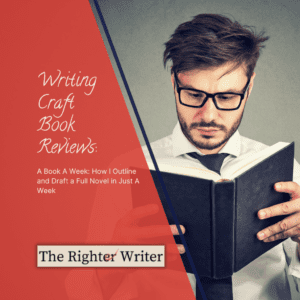
Writing Craft Book Reviews: A Book A Week
Fourth and last (for now!) in our series of book reviews featuring Kindle Unlimited books that explain ways to outline a novel. Let’s get ready for NaNoWriMo!
I'm an affiliate.
Some of the links on this page are affiliate links, but the opinions in my posts are my own, and I only mention products that I like and use myself. As an Amazon Associate, I earn from qualifying purchases. What that means is that if you click one of the links on my site and make a purchase, I might recieve compensation at no extra cost to you.
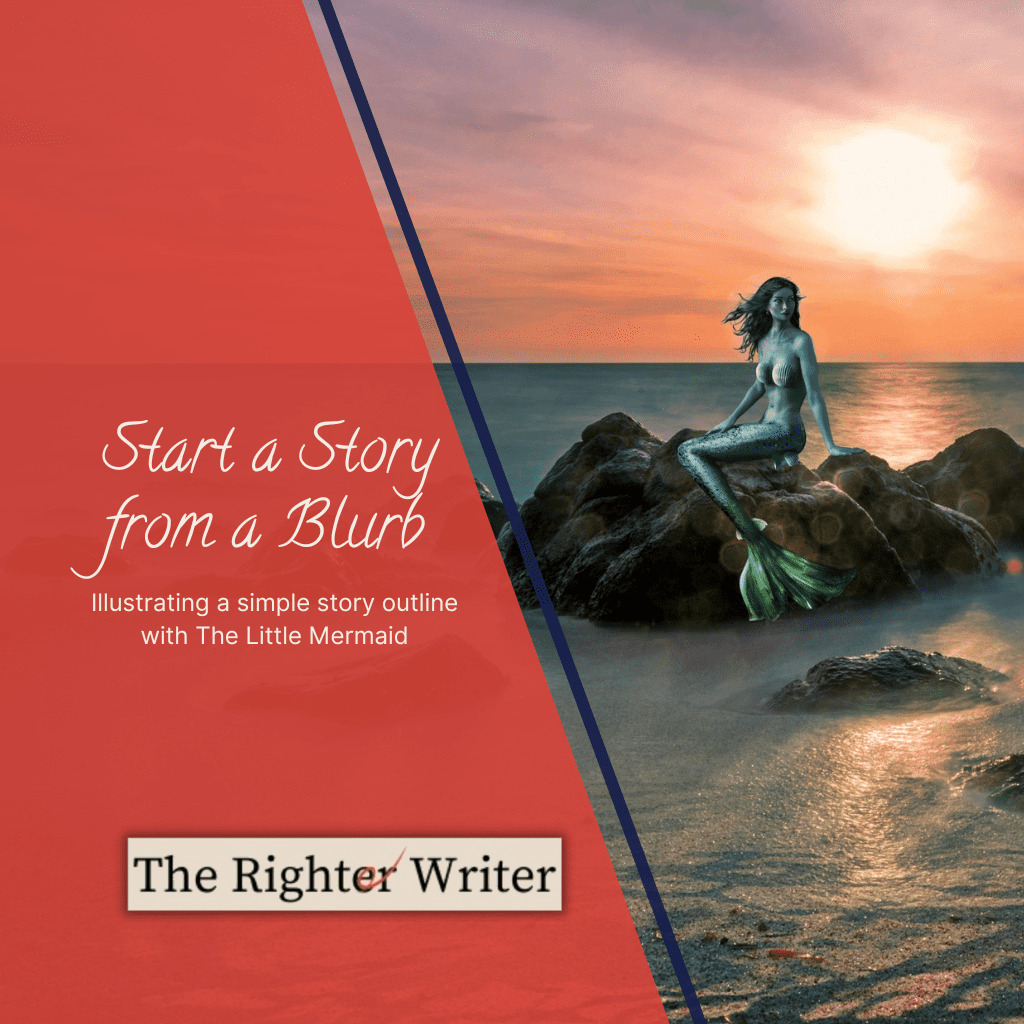
Look at the back blurb of any novel, especially a commercial genre novel. The story usually breaks down into a simple setup like this:
A character wants something, and they need to figure out how to accomplish their goal. But they have to overcome obstacles if they are going to succeed before something bad happens.
Go take a look at a bunch of novels in your genre, and you’ll see a pattern.
You can use this blurb format to create a simple outline for your novel. Following this pattern, you can lay out all the elements that you need for a successful story before you even start writing.
The structure’s so effective because it creates tension and conflict, which are essential for an interesting story.
We can break this setup down into four aspects:
We’ll look at each of them individually using the story of The Little Mermaid.
(The live-action version of The Little Mermaid is coming out soon, and I’m super excited!)
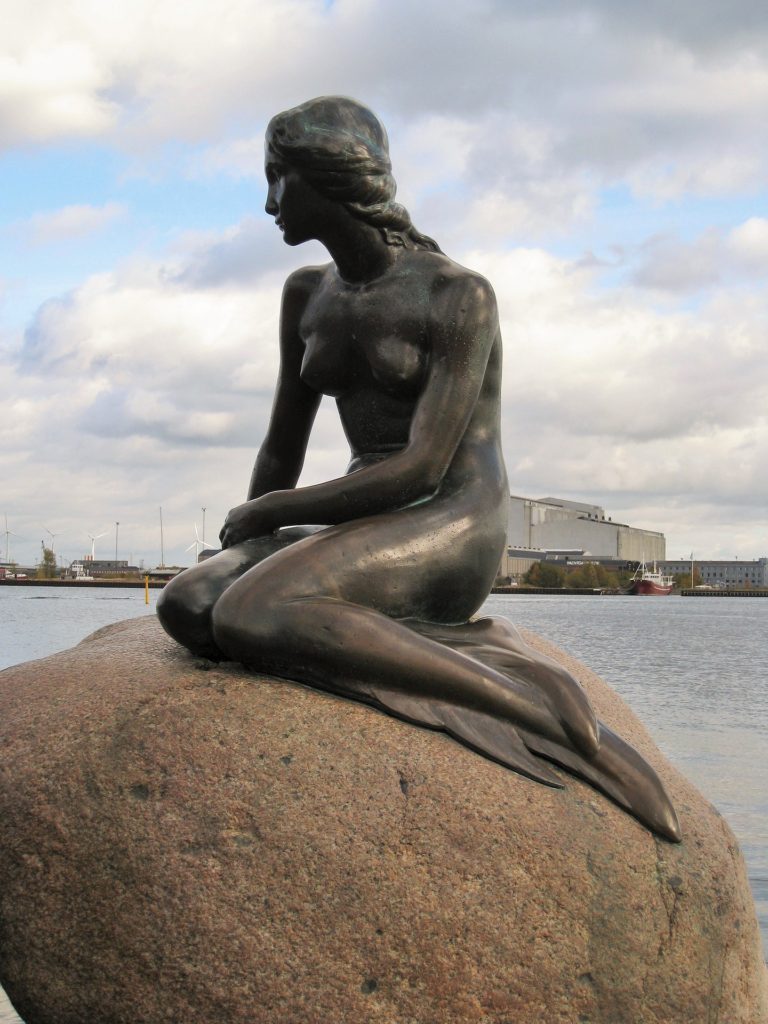
External goals are things outside of the main character that they are pursuing. They could want to marry a prince, get a promotion, or find their father’s murderer.
Internal goals are ones that are centered on the character’s feelings, backstory, or personality—for example, making their father proud or seeking adventure.
A lot of times, the other characters in the story don’t know about internal goals; sometimes even the main character is in the dark, too!
In the story of The Little Mermaid, her external goal is that she wants to marry the prince and live on land.
The Little Mermaid’s internal goal is the same as a lot of young adult characters: she wants to be seen as an adult, make her own decisions, and find a place she fits in.
A story character’s wants and needs drive the story forward. They can be internal or external, but they are necessary in order to push the story along. Without goals that the character is striving toward, a story would simply stagnate because there’s no conflict or stakes.
Can you see how a character’s goals are essential in moving the story forward and creating suspenseful moments for readers?
Each action propels the story, and the reader becomes more invested in the character’s journey.
Those goals create opportunities for the main character to make decisions and suffer the consequences of those decisions, and that’s what makes the story.
Through their decisions, the character always directs the story; it’s a lot less interesting when the story seems to happen to the character.
When the author puts the main character in difficult situations, they have to make decisions to overcome the situations. It’s fascinating to see how they react under pressure and what choices they ultimately make. This is what creates tension and keeps readers engaged.
Characters become more relatable and human when they have to suffer the repercussions of their choices. We all make mistakes and have to suffer the consequences at some point; it’s part of what makes us who we are.
And, of course, it’s satisfying when they triumph in the end.
In The Little Mermaid, the main character takes control of her life from the beginning.
You can see how the consequences of her decisions are steering the story.
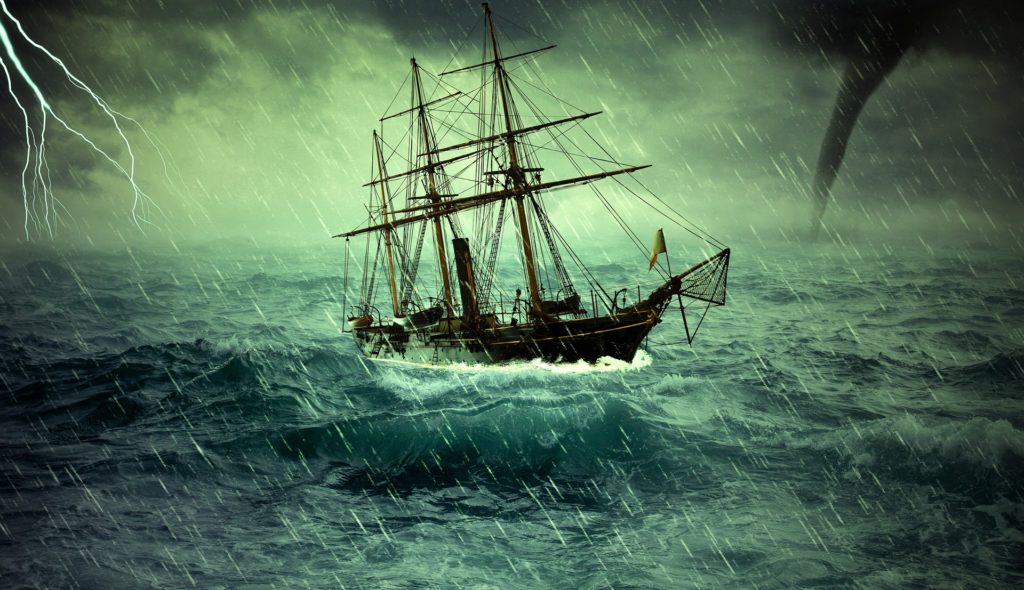
What’s the fun of reading about a person who gets everything they want? It’s more rewarding to see a character work hard for something and eventually overcome their obstacles.
Sometimes the character faces opposition that comes from outside of them. If their wants and needs are external, like becoming top of their class, then the opposition will be external, too. For instance, there’s a classmate that always gets perfect test scores.
There could be internal resistance to the character’s goal, too. An example might be a character who wants to fall in love, but they have internal resistance because their parents divorced and they believe that love won’t last.
What makes a story truly compelling is watching a character grow and change as they struggle against adversity.
In The Little Mermaid, there are several forms of opposition.
Overcoming these obstacles gives the story forward momentum and leads to a satisfying ending. It always feels good to see someone come out on top after facing difficult odds.
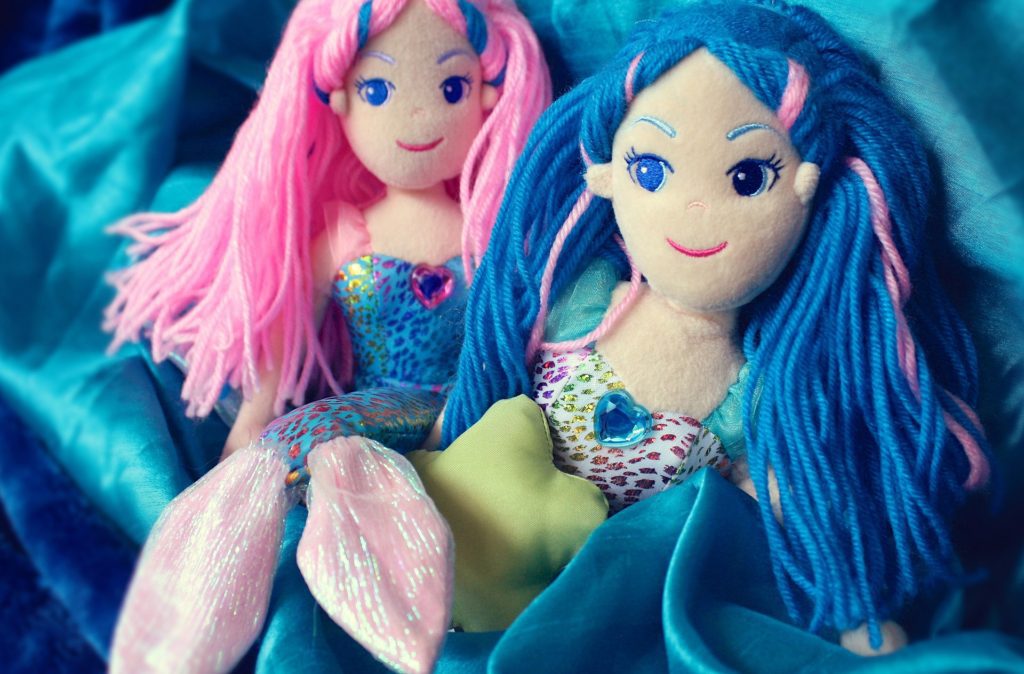
From early in the story, the author introduces a problem or conflict that needs to be resolved. As the story progresses, the stakes gradually get higher and higher, until reaching a climax where everything is at risk.
Imagine a murder mystery: the sleuth starts out investigating a murder; the stakes are raised when someone important to the sleuth is accused of the crime; they go up again when someone new dies; at the peak, the villain may actually attack the sleuth! The way the tension builds keeps the reader engaged and invested in finding out what happens next.
Besides high stakes, novels often have a ticking clock element, where time is running out to save the day.
This could be literal, like a race against an impending natural disaster.
Or a figurative ticking clock, like falling in love with someone who will leave at the end of the summer.
Literal or figurative, that countdown adds another layer of excitement to your story.
The stakes in The Little Mermaid get higher and higher as the story goes.
In conclusion, the blurb-based story structure is a great place to start building your story. It gives you a solid overview of all the elements that create the tension and conflict essential to a good story.
Without these four aspects of that story structure—wants and needs; decisions and consequences; opposition and resistance; and stakes and urgency—the story would be uninteresting.
The story of The Little Mermaid is a great example of how these elements work together to push the story forward and keep the reader engaged until the last page.

Fourth and last (for now!) in our series of book reviews featuring Kindle Unlimited books that explain ways to outline a novel. Let’s get ready for NaNoWriMo!
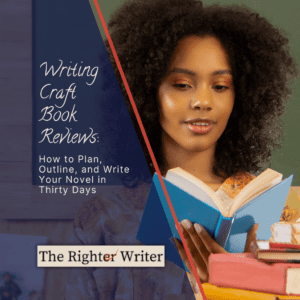
Third in our series of book reviews featuring Kindle Unlimited books that explain ways to outline a novel. Let’s get ready for NaNoWriMo!
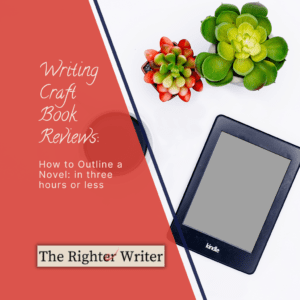
Second in our series of book reviews featuring Kindle Unlimited books that explain ways to outline a novel. Let’s get ready for NaNoWriMo!

I help authors, researchers, business people, students, and web marketers to polish their writing before they send it out into the world.

5 Responses
Very helpful post with a lot of great info and tips! Thanks for sharing!
What a wonderful write-up. I don’t think most of us really understand what goes into the creation of a story.
Thank you for breaking subjects down. I am not a novel writer but this helps in the aspect of book reviewing as well.
Very informative! This helps me see this in a different way. So often I’ve had thoughts of writing a book but then I get stuck not knowing where to start. Thanks for giving me direction.
I never know there is a proper structure in writing novel. Thanks for this that I learnt more about it. Gonna try to use this info learnt to explore whether I can write novel or not. Perhaps it will be my new interest then. Cheers Siennylovesdrawing